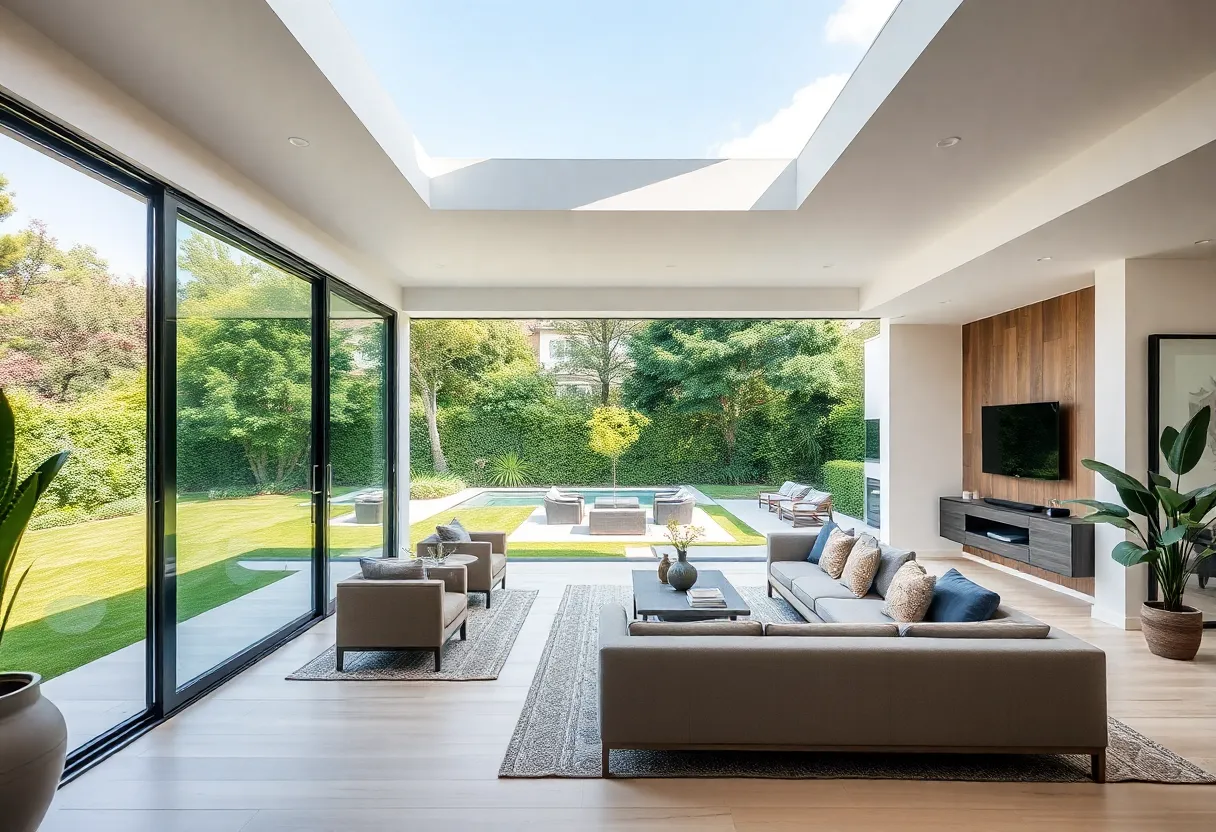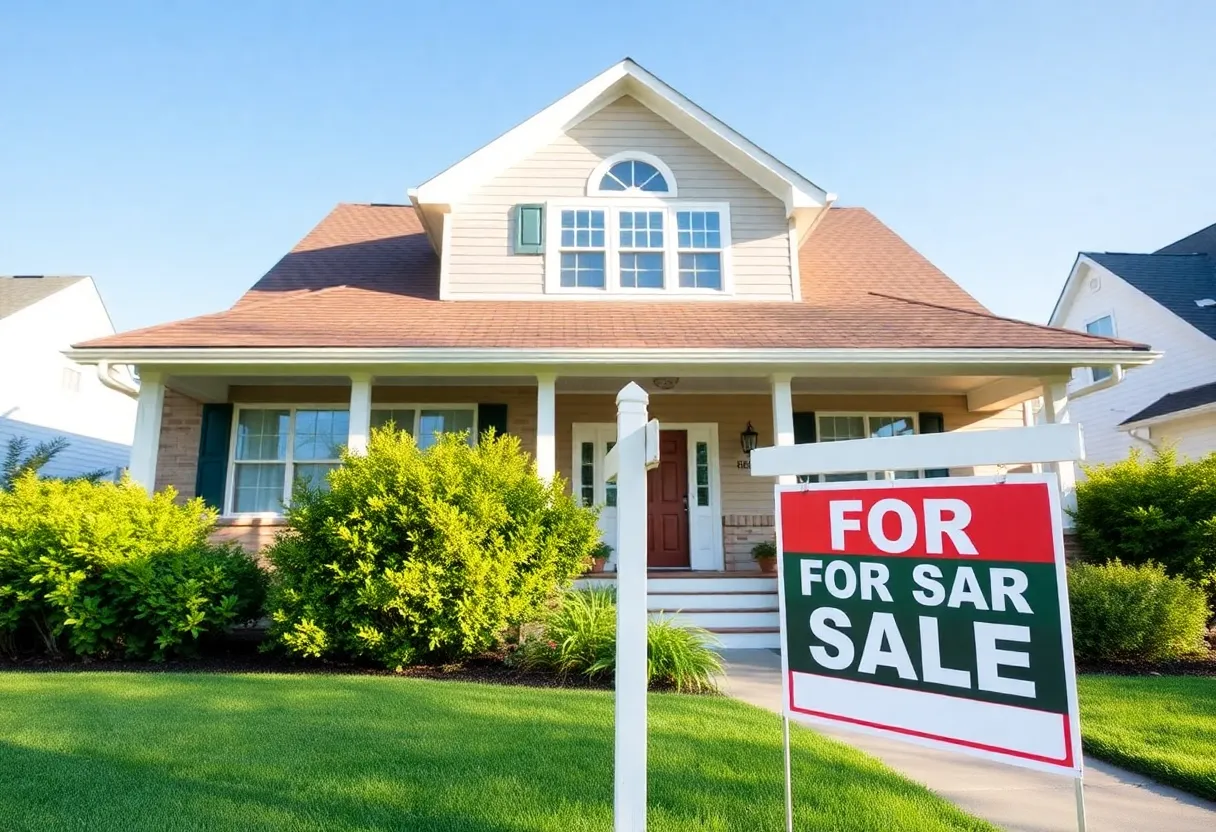How to Create a Seamless Flow Between Indoor and Outdoor Spaces in Your Home Renovation
Achieving a seamless transition between indoor and outdoor environments significantly enhances both the aesthetic appeal and functionality of a home. It invites natural light, improves ventilation, and fosters a sense of openness. Proper planning and execution are essential to maximize the benefits of integrated living spaces.
Understanding the Importance of Indoor-Outdoor Integration
Blurring the boundaries between interior and exterior spaces offers multiple advantages:
- Enhanced aesthetics: Creates a unified, harmonious look.
- Increased property value: Modern homes increasingly favor open-concept designs.
- Better lifestyle quality: Facilitates outdoor entertainment and relaxation.
- Improved natural light and airflow: Promotes healthier indoor environments.
Foundational Principles for a Seamless Indoor-Outdoor Transition
1. Continuity in Materials and Design
Choose consistent materials and color schemes for both indoor and outdoor areas. This visual continuity minimizes perceptual boundaries.
- Flooring: Extend the same or similar flooring materials, such as stone, wood, or concrete, from indoors to the exterior patio.
- Color palette: Use a unified color scheme that echoes in both spaces.
- Architectural details: Match window frames, trim, and fixtures to maintain uniformity.
2. Maximize Visual Connection
Facilitate sightlines that naturally draw the eye from indoors to outdoors:
- Large windows and sliding doors: Install expansive glass panels to enlarge views.
- Minimal framing and mullions: Reduce visual obstructions for an unobstructed vista.
- Strategic placement of furniture: Position seating to face outdoor views.
3. Optimize Accessibility and Traffic Flow
Ease of transition is paramount:
- Level thresholds: Eliminate steps or create gradual slopes at doorways.
- Wide openings: Use bifold or sliding doors for maximum openness.
- Path clarity: Design clear, unobstructed walkways connecting indoor and outdoor zones.
Design Strategies for a Cohesive Transition
1. Use of Folding or Bifold Doors
Folding doors retract completely, creating an almost invisible boundary between spaces. They enhance connectivity when opened, especially during good weather.
2. Incorporating Continuous Flooring
Extending flooring material seamlessly across thresholds diminishes disturbance in visual flow. For instance, a wooden deck that transitions from interior flooring creates fluidity.
3. Harmonizing Lighting Schemes
Lighting seamlessly integrated into both spaces reinforces unity:
- Use similar fixtures or color temperatures.
- Incorporate outdoor lighting that complements indoor illumination.
- Leverage natural light through large openings or skylights.
Material Selection for Seamless Transition
1. Durable and Complementary Materials
Choose weather-resistant, attractive materials that complement the indoor ambiance:
- Natural stone or concrete: Ideal for patios and transitional zones.
- Composite decking: Low maintenance and suitable for outdoor walkways.
- Hardwood or engineered wood: Use indoors, with matching or contrasting outdoor finishes.
2. Tactile Connectivity
Materials with similar textures can mitigate perceptual disparity:
- Use smooth tiles indoors that match outdoor paving.
- Integrate gravel or pebbled zones with adjacent stepping stones.
Landscaping and External Design Considerations
1. Framing Outdoor Views
Landscape design should enhance sightlines:
- Plantings that do not obstruct views of exterior spaces.
- Design focal points, such as a water feature or sculpture, visible from indoors.
2. Creating Visual and Physical Boundaries
Selective boundaries can define zones without disrupting flow:
- Low hedges or planters as natural dividers.
- Gradual changes in paving types or levels.
Technological and Structural Enhancements
1. Installing Automated Systems
Automated doors or retractable screens ease transitioning, especially in climates with variable weather.
2. Climate Control Integration
Connection points should incorporate adequate insulation, heating, or cooling features to ensure comfort during seasonal changes.
Practical Tips for Successful Implementation
- Prioritize safety: Ensure thresholds are slip-resistant and smoothly transitioned.
- Assess sunlight exposure: Use shading devices that do not break visual continuity.
- Plan for maintenance: Select materials that withstand outdoor elements and are easy to upkeep.
- Evaluate climate considerations: Design transitions suited to local weather patterns.
- Engage professionals: Consult architects and designers with experience in indoor-outdoor integration.
Conclusion
Creating a seamless flow between indoor and outdoor spaces is achievable through meticulous planning, thoughtful material choices, and functional design. The goal is to foster a harmonious connection that enhances the home’s aesthetic appeal and usability. Careful consideration of visual continuity, accessibility, landscape integration, and technical solutions results in a fluid transition that extends your living space and elevates your property’s overall ambiance.
Author: STAFF HERE VIRGINIA BEACH WRITER
The VIRGINIA BEACH STAFF WRITER represents the seasoned team at HEREVirginiaBeach.com, your trusted source for actionable local news and information in Virginia Beach, Virginia Beach City, and beyond, delivering "news you can use" with comprehensive coverage of product reviews for personal and business needs, local business directories, politics, real estate trends, neighborhood insights, and state news impacting the region—supported by years of expert reporting and strong community input, including local press releases and business updates, while offering top reporting on high-profile events like the Virginia Beach Neptune Festival, East Coast Surfing Championship, and military homecoming celebrations, alongside key organizations such as the Virginia Aquarium, Virginia Beach Convention Center, and Oceana Naval Air Station, plus leading businesses in tourism and defense like Busch Gardens and Northrop Grumman, and as part of the broader HERE network including HEREWilliamsburg.com, providing credible, in-depth insights into Virginia's vibrant landscape. HERE Virginia Beach HERE Williamsburg





